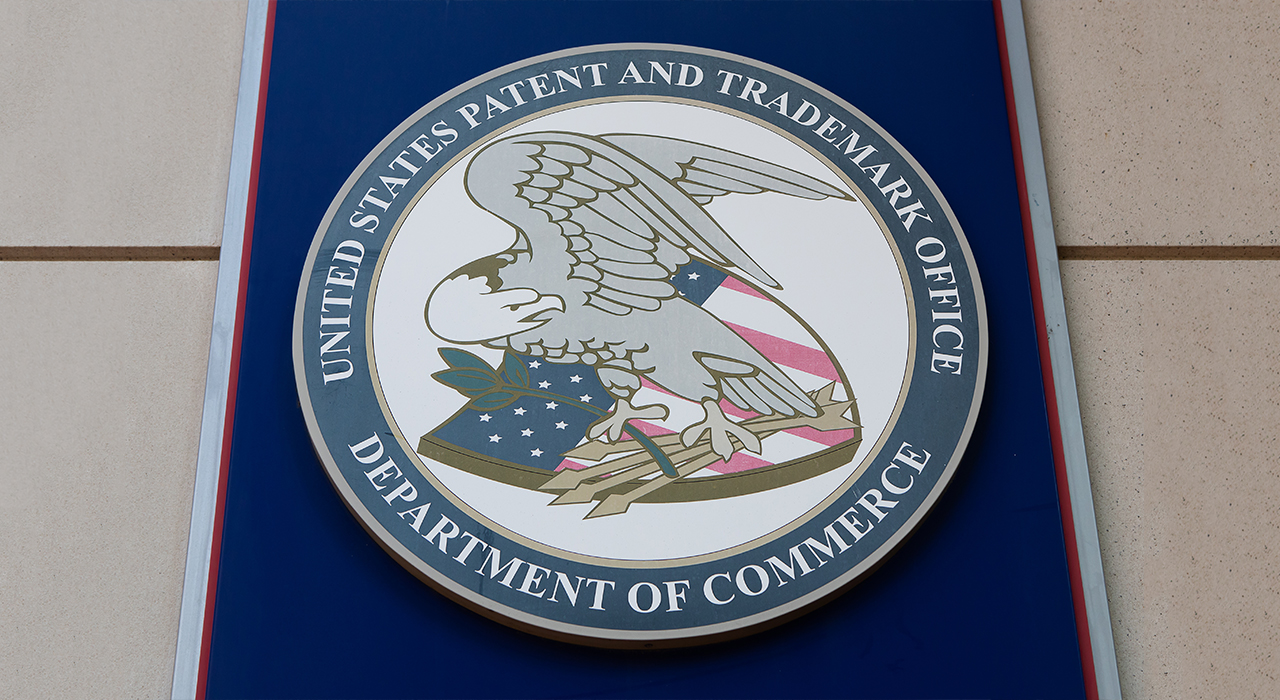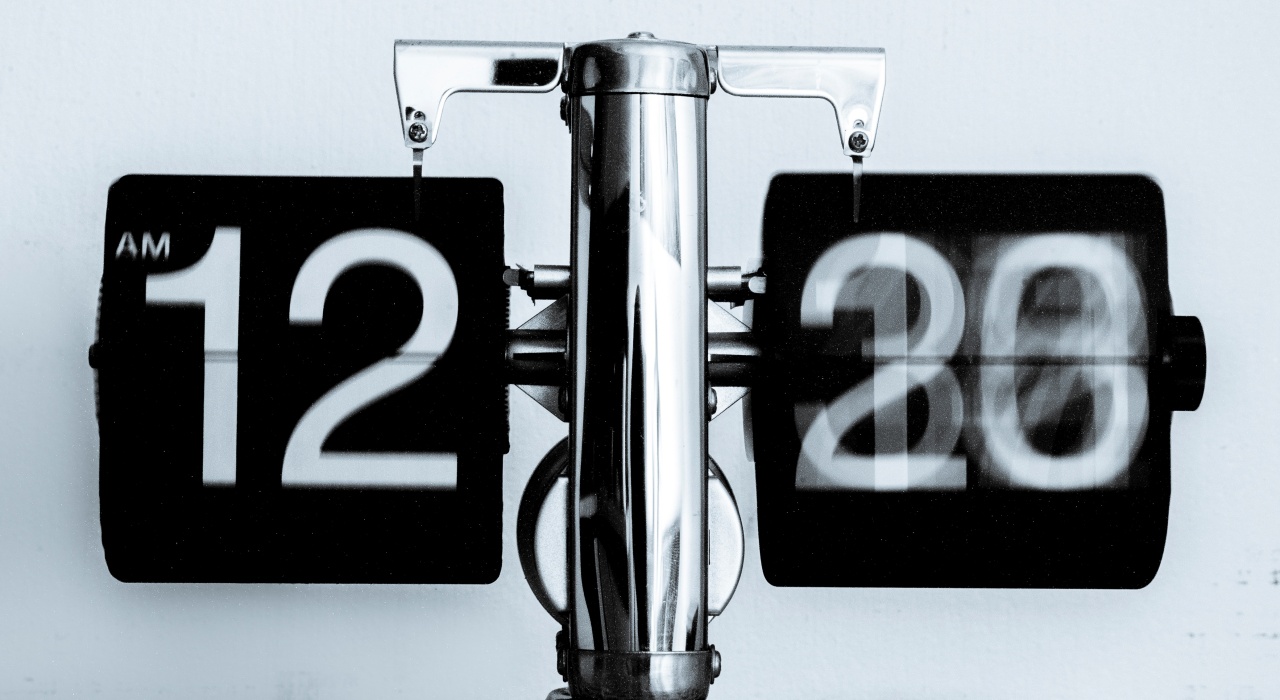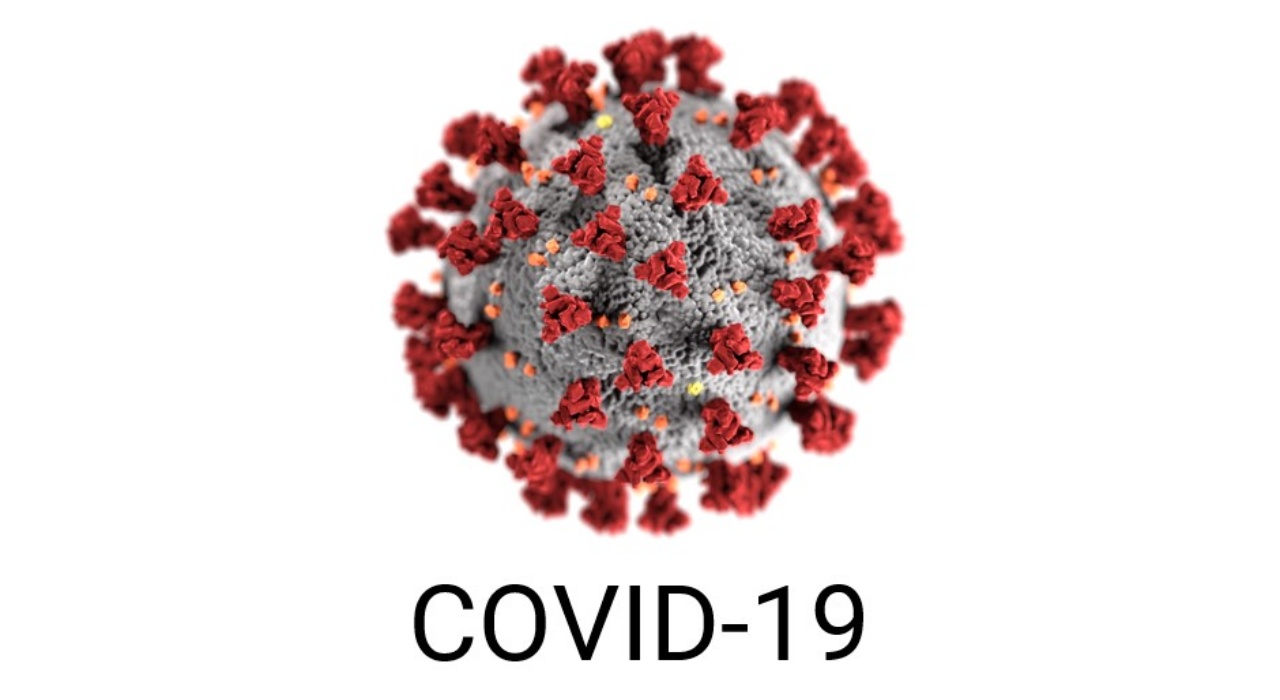Andrei Iancu, Under Secretary of Commerce for Intellectual Property and Director of the United States Patent and Trademark Office, called on consumers to fight against counterfeit products. He did so in an address to the National Association of Manufacturers (NAM) as they released their anti-counterfeiting white paper.
“When we fight counterfeiting, we have to look at both sides—supply and demand,” declared Director Iancu. “And on both fronts, we have the strong support of the entire Administration.”
“A creative, collaborative, and ambitious public-private partnership can harness the particular strengths and reach of the partners undertaking this important work,” continued Director Iancu. “Working together—industry and government in a systemic and sustained manner—we can make a real difference.”
Andrei Iancu’s remarks can be found here.







